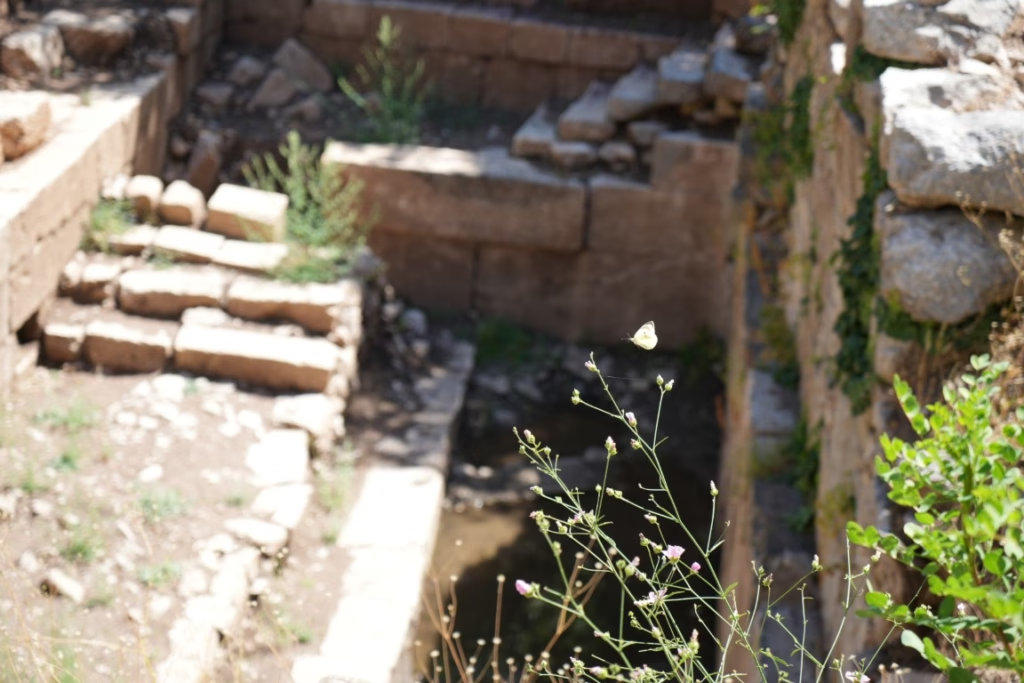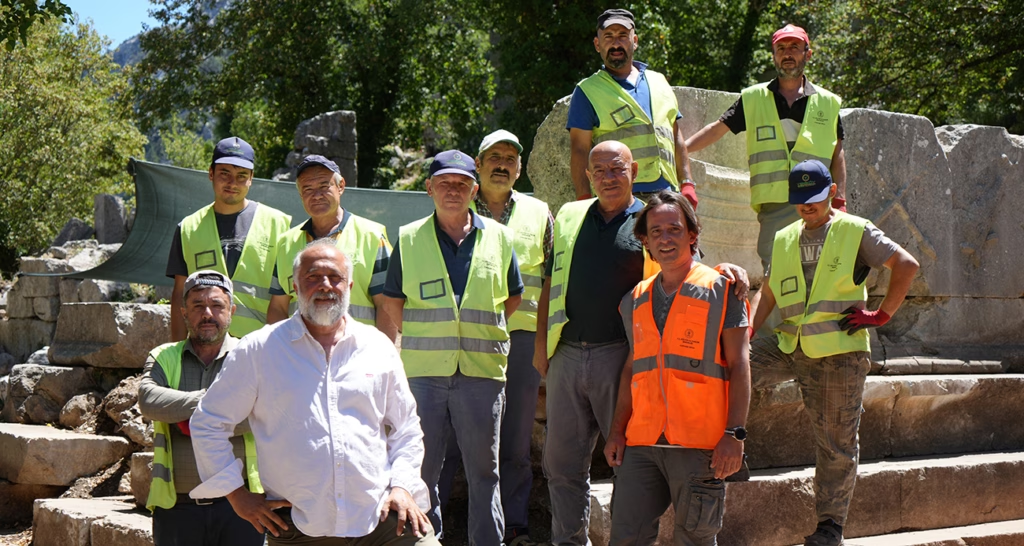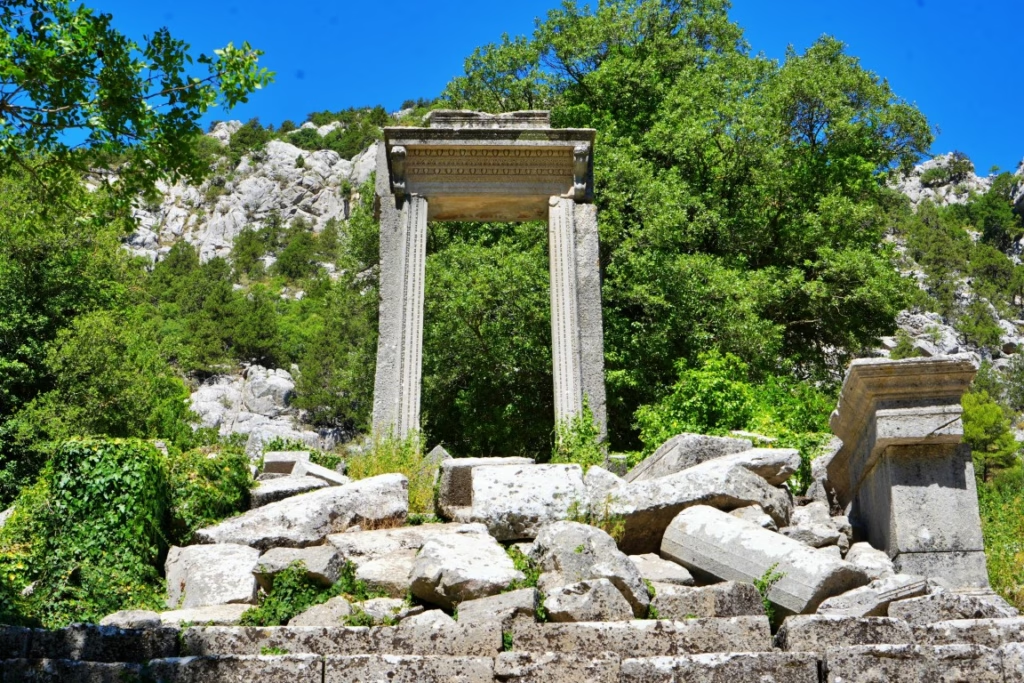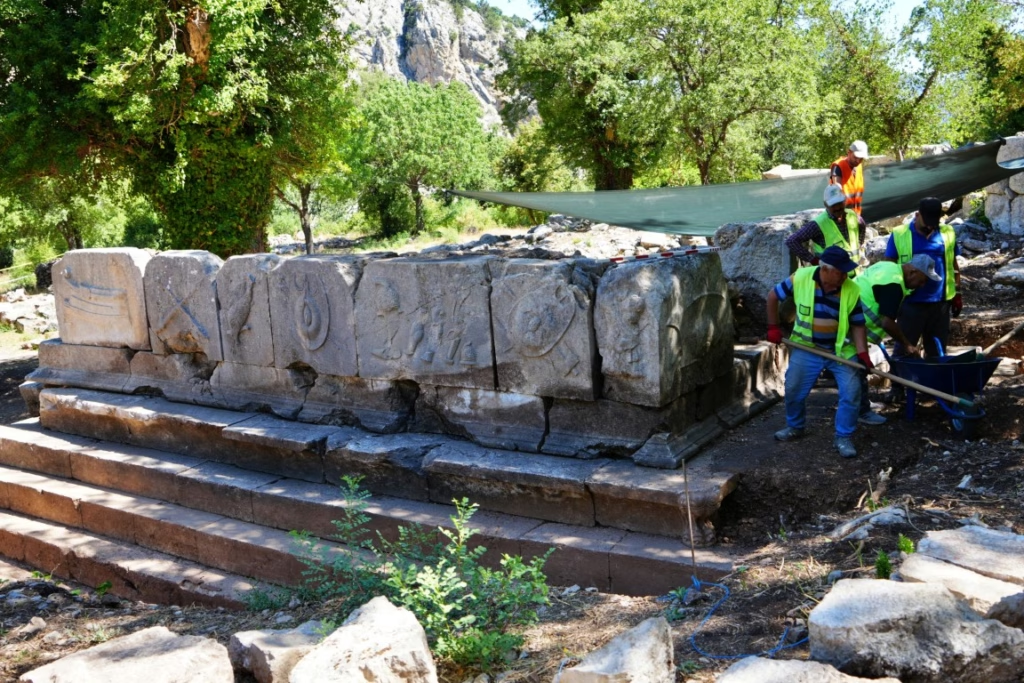Hidden high in the rugged peaks of the Taurus Mountains, within Turkey’s Güllük Dağı National Park, the ancient city of Termessos is witnessing its first-ever archaeological excavation. Known for its untouched ruins and strategic location, Termessos is now the focus of a large-scale excavation project led by Antalya Bilim University and supported by Turkey’s Ministry of Culture and Tourism under the “Legacy for the Future” initiative.
The City Alexander the Great Couldn’t Conquer
Founded by the Solymians—descendants of one of Anatolia’s oldest civilizations—Termessos boasts a legendary history. In 333 BCE, Alexander the Great attempted to besiege the city but retreated due to its formidable mountain defenses and near-impenetrable fortifications. Its unique geography has preserved the city for centuries, keeping it free from modern settlements and looting.

Reconstructing a Monumental Tomb
This year, archaeologists are focusing on a monumental tomb scattered in large stone blocks across the site.
Lead archaeologist Assoc. Prof. Mustafa Koçak shared details:
“The structure was built on a high podium and once housed several marble sarcophagi. Remarkably, 99% of its stones are still on-site. We’ve documented and numbered each block and are now preparing the foundation to reconstruct the tomb. Visitors will soon see what a real ancient monument looked like.”

Where Nature and History Coexist
Termessos isn’t just an archaeological gem—it’s a natural sanctuary. Located deep within a national park, the city is surrounded by lush forests, rare plant species, and diverse wildlife. The sounds of birds echo through the ruins, and birdhouses installed on ancient trees create a rare harmony between nature and history. This year, two fox cubs were also reintroduced into the wild within the park.

More Than a Tomb: Roads, Temples, and Water Systems
The excavation team will also be working on Termessos’ extensive necropolis, which includes a 500-meter funerary road flanked by tombs and sarcophagi. Many of these structures have collapsed over time and are now being carefully restored.
Other key sites planned for excavation include:
- The Hadrian Gate, built in honor of the Roman Emperor,
- The Temple of Artemis, one of the most magnificent ancient temples in Anatolia,
- Two ancient water systems critical to the city’s infrastructure.

Preserving the Past, Shaping the Future
Assoc. Prof. Koçak emphasized the broader significance of the project:
“Termessos is only 30 kilometers from Antalya, yet it has remained remarkably well-preserved. By reconstructing these structures and documenting every detail, we aim to transform the city into an educational and cultural landmark—an open-air museum where visitors can walk through history.”
Cover Photo: Begüm Aksoy – Faik Güven Yılmaz/IHA





